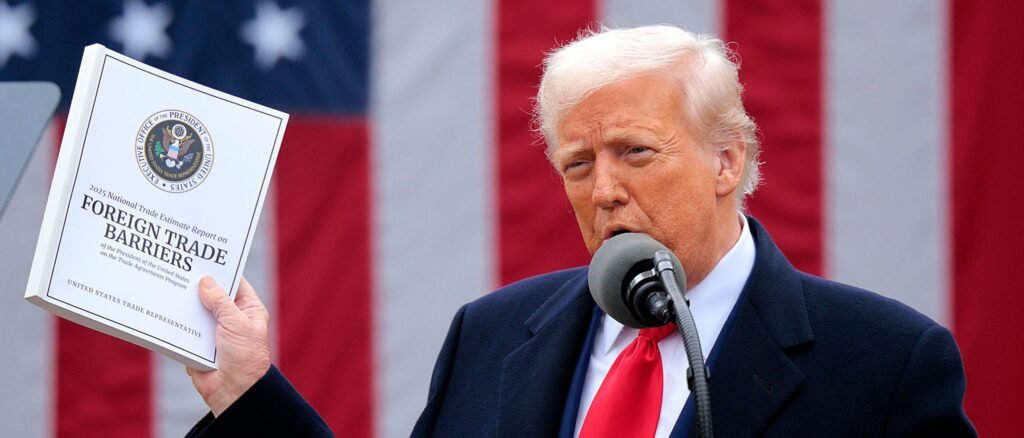President Trump announced earlier this week a new round of tariffs targeting countries like Japan, South Korea, Malaysia, Kazakhstan, South Africa, Laos, and Myanmar. It seems like this “Trump Tariff Doctrine” is creating a lot of mixed feelings.
For sure, the latest tariff news might frustrate those hoping for a return to “normal” trade policies in the U.S. Critics are likely to highlight the potential for rising consumer prices and more strain on the supply chain.
It’s true that tariffs can cause some short-term problems. However, it’s important to consider the long-term strategy of the Trump administration.
The administration argues that, for the first time, there appears to be a willingness to negotiate issues that were previously seen as untouchable. A case in point is Vietnam, where there’s now acceptance that products transshipped from other countries face higher tariffs compared to goods that genuinely originate in Vietnam. This seems to signal a recognition by Vietnam of how these violations distort market competition—which hasn’t been adequately challenged before.
Similarly, the European Union’s tradition of placing stringent regulations on exports, framed as “sanitary and phytosanitary” issues, has consistently disadvantaged the U.S. This longstanding issue is now being scrutinized.
Past attempts to discourage these non-tariff barriers haven’t been particularly effective. I mean, it’s pretty clear now that President Trump’s strong push against anti-competitive market distortions (ACMD) might push other countries into negotiating reductions on such barriers that often lurk beneath the surface.
For this trade approach to work, Trump will need to stick to his guns. After all, these challenges have been festering for years—some of them might never fully resolve. The administration has valid reasons to penalize countries that deliberately harm U.S. interests.
This recent tariff development isn’t the end; rather, it marks a significant step toward reshaping trade relationships. It follows a complex journey to turn this year’s trade commitments into legally binding agreements.
The true measure of these commitments will be their effects on U.S. producers often hindered by various anti-competitive trade barriers. While agreements can seem appealing, a genuine, sustained commitment from trading partners to lower these barriers is far more valuable.
The challenge remains that a large portion of the impact of trade barriers—around 80%, according to some estimates—comes from regulations and competitive market distortions rather than actual tariffs. These issues, often overlooked, represent a significant threat to the global economy.
Reorganizing trade relations is a gradual process initiated by a fundamental shift that leads to a new reality. This isn’t just an isolated instance in history; when contradictions in the current state of affairs reach a breaking point, crises often arise. And we’re witnessing that now.
Trump’s tariff announcement signals a profound shift, making it clear that reliance on ACMD for a trade advantage is no longer viable.
The U.S. is now taking the lead in reducing anti-competitive regulations. Other countries would do well to follow suit, curbing the harm they’re causing not only to their trading partners but also to their own economies.
It seems we might be on the brink of a prosperous trade era, navigating through various challenges toward a more secure economic landscape.







